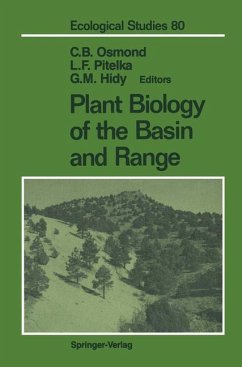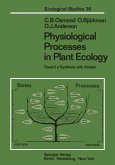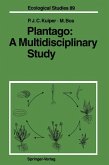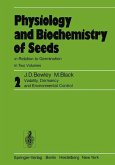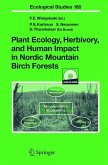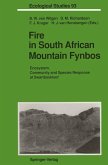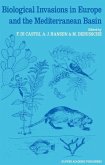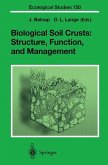In a very real sense, much of North American physiological plant ecol ogy began in the Basin and Range and has been researched there over the last four decades. However, we believe that this book may be the first attempt to bring together the full range of contemporary research into the fascinating plant biology of the Basin and Range Province. We have invited contributions from researchers presently working in and around the Province and asked them to review the major vegetation zones and distinctive environmental issues from a predominantly plant ecophysiological perspective. As researchers interested in plant physi ological and ecological processes, and in atmospheric processes affect ing vegetation, we have tended to emphasize the atmosphere, plant, soil continuum in structuring this book. After an introduction to the geography of the region, we deal with atmospheric processes and climates of the Great Basin, follow with chapters on the different vegetational zones, treated from ecophysiological perspectives, and then place emphasis on plant-soil relations. We have not treated plant animal interactions in the detail that the impacts of man and his domesticated animals on the desert ecosystem deserve. However we have included a review of a very promising technique (analysis of stable isotopes at natural abundance) for integration of these processes. We close with a compelling statement of the case for the Great Basin as a laboratory for climatic change research, prepared by a multidisciplinary team from the Desert Research Institute.

